Here's What It's Like to Drive an Electric Car with a Manual Transmission
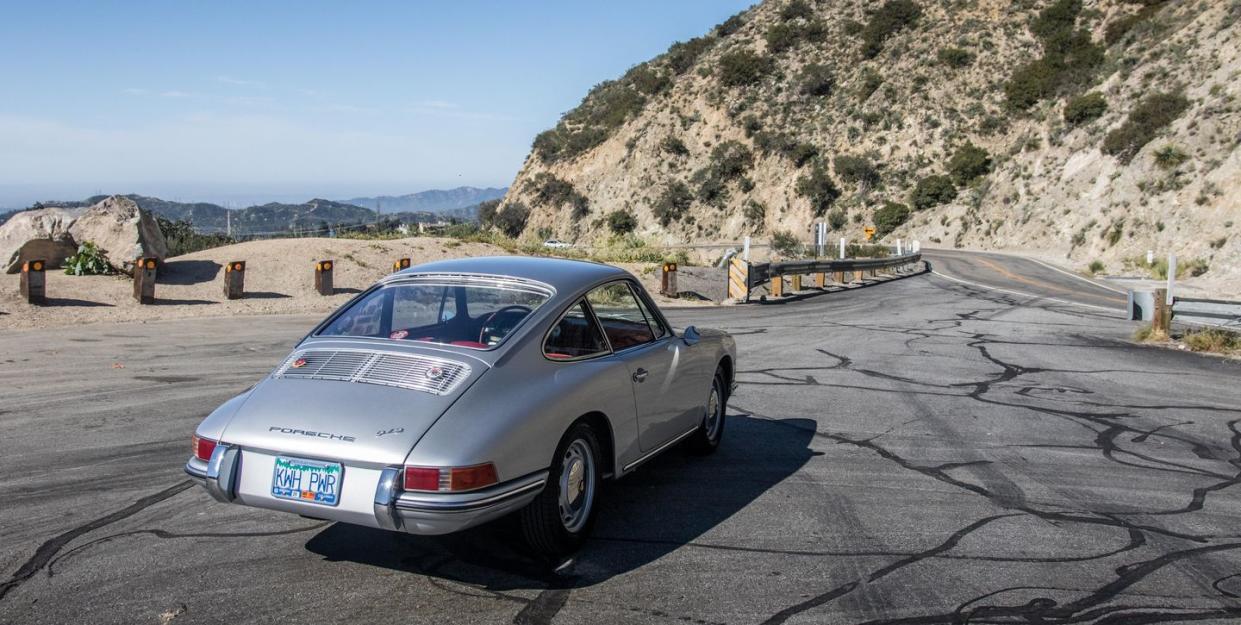
At this year's SEMA show, electric powertrain swaps captured the public's attention. When the wraps came off Ford's Mustang Lithium concept, produced in cooperation with battery company Webasto, any complaints about a lack of V-8 rumble were assuaged by the specs: a dual-core electric motor pumping out 900 horsepower and 1000 lb-ft of torque. That got our curiosity, but a six-speed manual transmission? Now Ford has our attention.
However, there were some in the EV world who viewed the Lithium's stick shift with the same disdain as if the blue oval had somehow managed to fit a carburetor to the powertrain. Most production electric vehicles make do with a single-speed transmission. Given the acceleration possible from any dual-motor Tesla vehicle, adding a manual transmission into the mix is choosing to be slower. It's an anachronism.
But anachronisms can be fun. Not everybody wants to have a smartwatch. Sometimes you want to wear something you need to windup every day, so to speak. Which brings us to the Angles Crest highway, and an electric-swapped 1967 Porsche 912 with a five-speed gearbox.
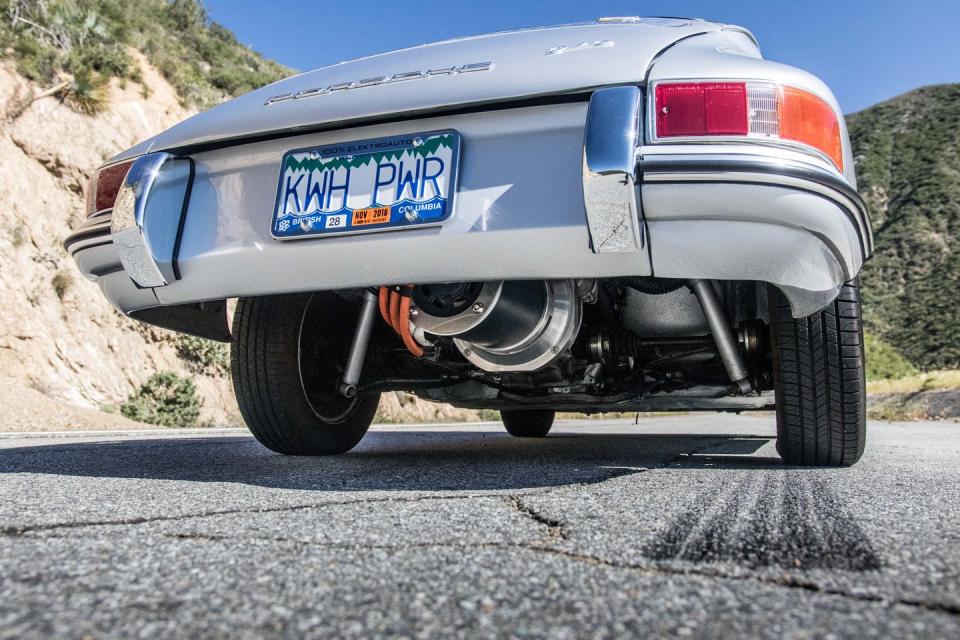
As we can see with another Porsche EV, the Taycan, having a transmission does improve efficiency and acceleration. In the case of the Taycan, with its two-speed rear-axle transmission, a lower gear improves acceleration while a higher gear extends highway cruising range.
The tradeoff is weight, and durability. Tesla's next-generation Roadster was originally intended to come with high and low gears, but the tremendous amount of torque reportedly kept eating gearboxes. Further, in a production car, why not remove the weight and complexity of a multi-gear transmission, and just add a few more batteries?
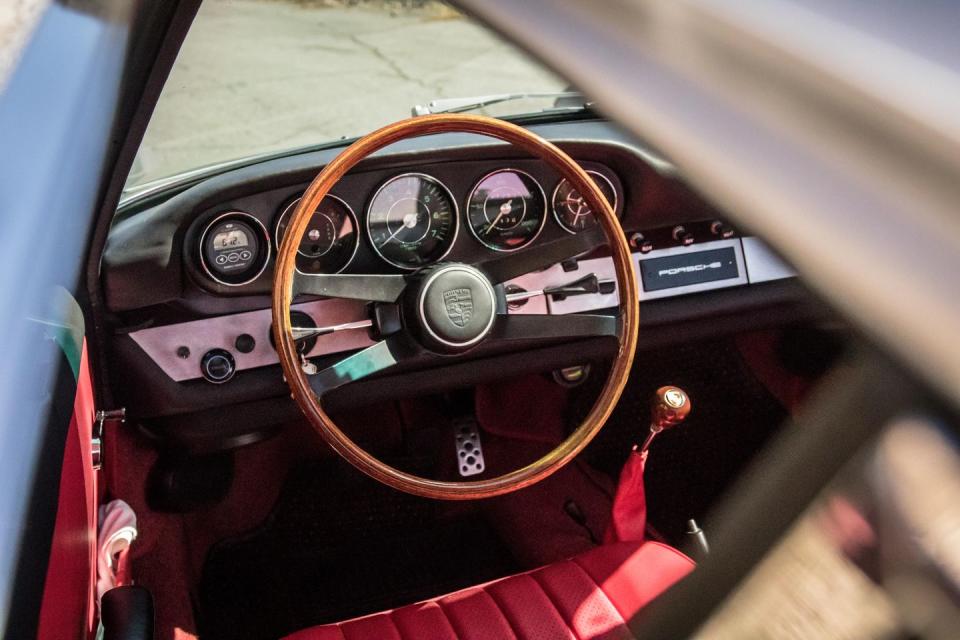
In the case of this '67 restomod, packaging was certainly part of the decision to retain the dog-leg five-speed. The work was performed by EV West, a speed shop dedicated to preserving the spirit of anything they swap to electric power. That meant introducing an electric motor to essentially swap right in where the flat-four used to sit. A battery pack was fitted up front, all done without cutting sheetmetal.
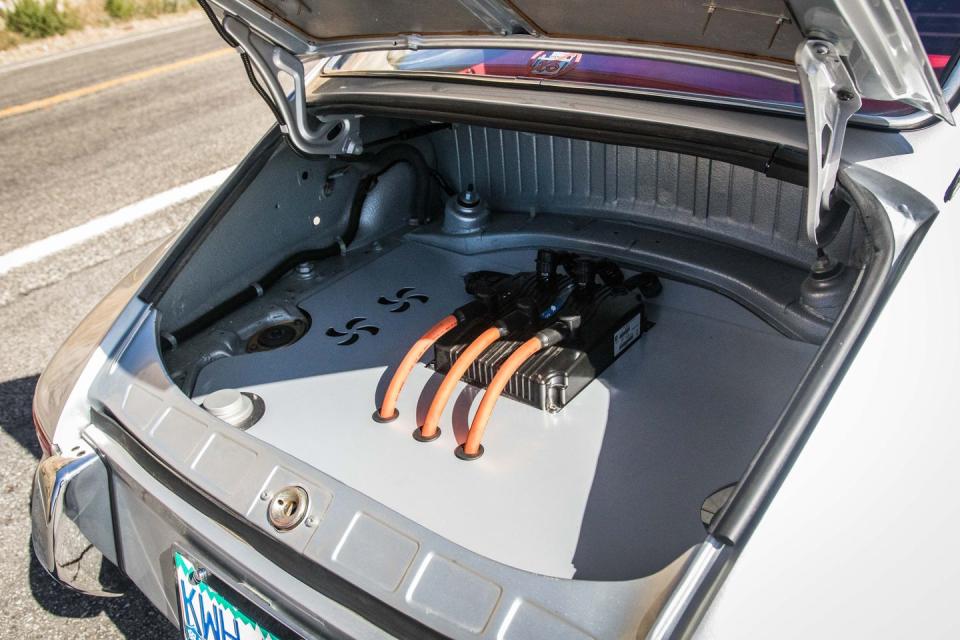
In the Taycan, the efficiency savings of using a two-speed gearbox are relatively minor as compared to a single speed. Further, electric motors have a completely different character than what most people are used to. In a conventional combustion engine, peak power and torque are just that – peaky. Thus, the need for multi-speed transmissions to keep the engine either in its most-powerful or most-efficient ranges.
The close-ratio gearbox boasted of in many track-oriented machines of the past speaks to this peakiness. For racing applications, you want to keep the engine on the boil, high up in the rev range. Turbocharged and supercharged engines have more flexibility, as do larger displacement V8s. In a modern 5.0L Mustang, you can pretty much leave it in third gear on any twisty road, and rely on eight-cylinder grunt to claw your way out of corner exits.
With an electric vehicle, that is amplified. EVs don't quite have a perfectly flat torque curve, and there are limits to how high you can rev them, but compared to a combustion engine, they are immensely more flexible.
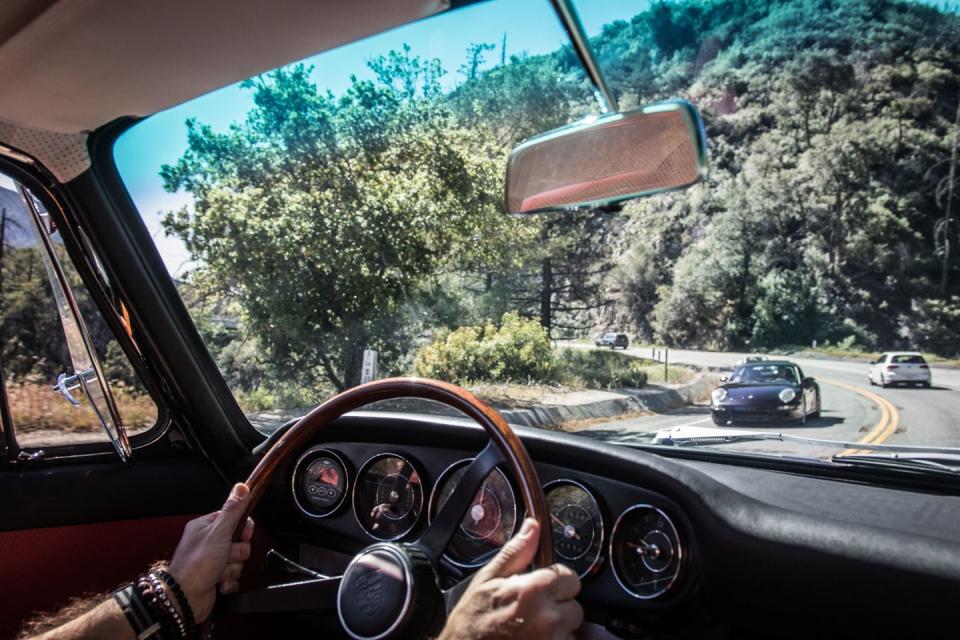
In the restomod EV Porsche, that means you can do silly things like pull away from a dead stop in third gear without slipping the clutch. In fact, you don't have to use the clutch at all. It's not possible to stall an electric motor, so you only need to shift should you want to.
Why shift? Because as with any source of power, electric or gasoline, the lower the gear, the quicker you accelerate. The powertrain here makes around 200 hp and a little over 200 lb-ft of torque, which is plentiful, yet makes it worth a downshift to pass someone going up a hill.
The owner of this car, Ian Corlett, uses it fairly regularly to drive around LA on a weekend morning. The car always starts, and is tractable if you get stuck in traffic. However, with a manual transmission, it demands just that bit more driver involvement. The lack of air-cooled soundtrack is spooky – you do get a Star Trek whirr coming from the rear – but the rest of the driving experience is very much Vintage Car on Canyon Road. It's great fun.
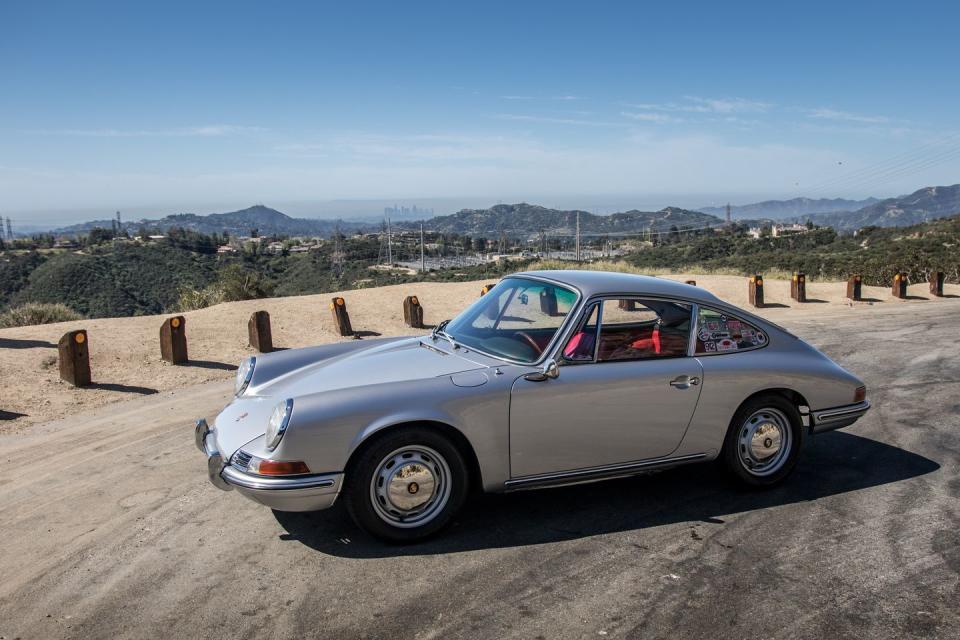
In a world where kidney-destroying acceleration and crushing lateral grip are both just commodities, engineering for driving experience is the next frontier. We've already seen the automatic transmission, whether conventional or dual-clutch, supplant the manual as the higher-performance option. Choosing a manual in your 911 GT3 or Camaro ZL1 is about picking feel over the spec sheet.
In the near future, it's likely that two-speed transmissions might proliferate throughout the EV world, with easy-to-understand High and Low settings. Perhaps a manufacturer with a sense of humor – Renault? - will let you flick a switch that goes from rabbit to tortoise, like your granddad's ride-on lawnmower.
As for EVs equipped with proper manual transmissions, you're not too likely to find one in your local showroom any time soon. You will, however, still find them glittering under the lights at SEMA, where any idea, good or bad, is a possibility. And you just might spot one or two on a sunny day, where the roads get twisty.
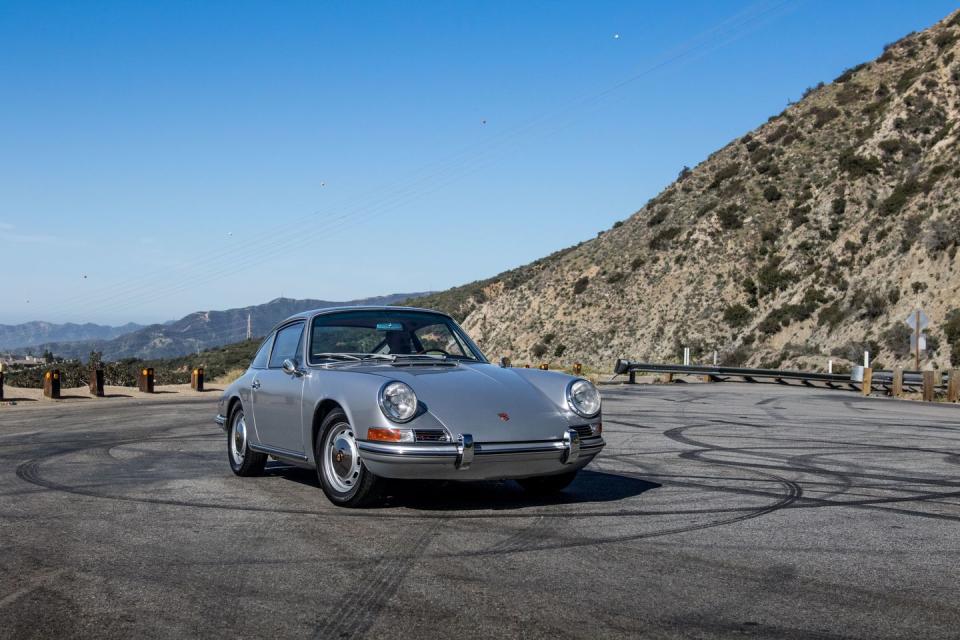
A manual EV might be a curiosity. In practice, the idea works well enough that it's worth your attention.
You Might Also Like

